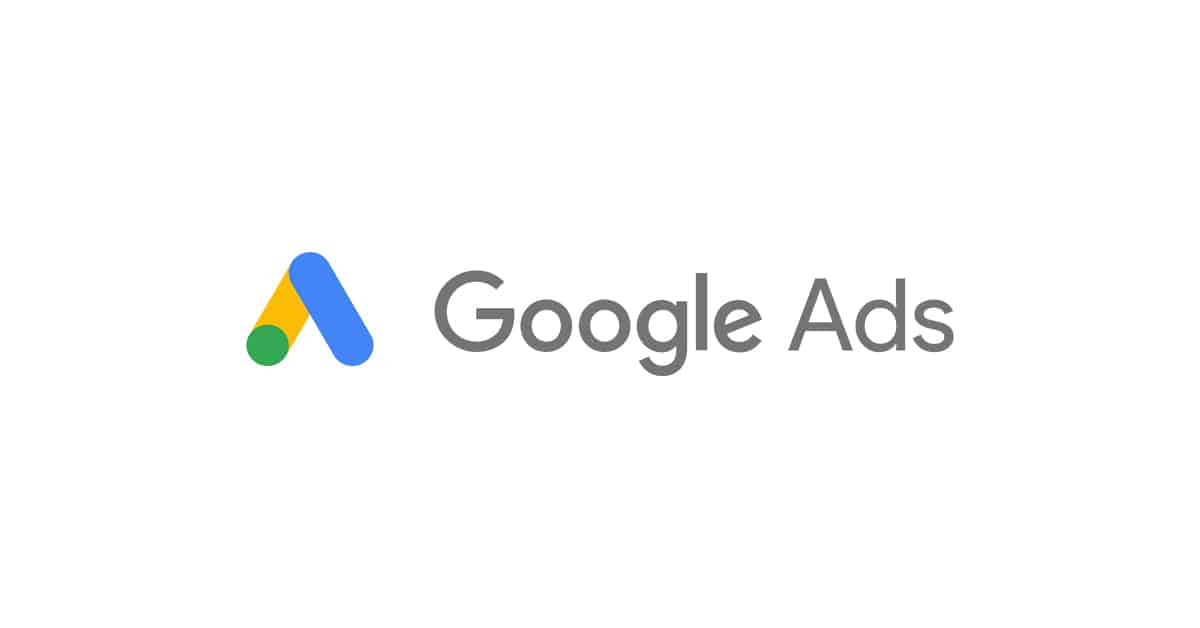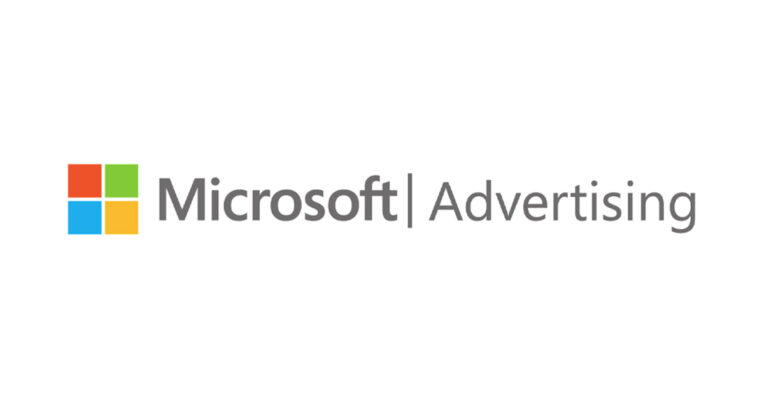The Importance of Addressing Unwanted Software in Google Ads
Unwanted software, also known as malware or potentially unwanted programs (PUPs), poses a significant threat to both users and advertisers on the internet. These programs can cause harm to devices, compromise sensitive information, and negatively impact user experience. As a result, it is crucial for platforms like Google Ads to take proactive measures to combat and prevent the spread of unwanted software.
Google’s Commitment to User Safety
Google Ads, one of the leading advertising platforms, is committed to providing a safe and secure online environment for its users. Google employs a multi-layered approach to prevent unwanted software from being distributed through its advertising network.
Google’s automated systems constantly monitor ads and websites to identify and remove any content that violates their policies. This includes advertisements that promote or distribute unwanted software. Additionally, Google has strict policies in place that prohibit the use of deceptive practices, such as misleading downloads or misleading claims about software functionality.
How Google Detects Unwanted Software
Google employs various techniques to detect and combat unwanted software. These include:
- Safe Browsing: Google uses its Safe Browsing technology to identify and flag websites that contain unwanted software. When a user encounters such a website, they receive a warning message, advising them to proceed with caution or avoid the site altogether.
- Machine Learning: Google utilizes machine learning algorithms to analyze patterns and identify potential threats. These algorithms can detect suspicious behavior, such as unexpected downloads or unauthorized changes to a user’s device.
- User Feedback: Google encourages users to report any suspicious or unwanted software they encounter while browsing the internet. This feedback helps Google identify new threats and take appropriate action to protect users.
Best Practices for Advertisers
Advertisers using Google Ads can play a vital role in preventing the distribution of unwanted software. By following these best practices, advertisers can ensure their ads comply with Google’s policies:
- Ad Content Review: Advertisers should thoroughly review their ad content to ensure it does not promote or distribute unwanted software. This includes avoiding deceptive claims or misleading download links.
- Website Security: Advertisers should maintain secure and trustworthy websites. Regularly scanning websites for malware, using secure protocols (HTTPS), and keeping software up to date are essential steps to prevent the distribution of unwanted software.
- Transparent Downloads: If an advertiser offers software downloads, they should clearly communicate the purpose and functionality of the software. Providing accurate and transparent information helps build trust with users.
Protecting Users and Preserving Trust
Google Ads’ proactive approach to addressing unwanted software is crucial in protecting users and preserving trust in the online advertising ecosystem. By continuously monitoring for and removing harmful content, Google helps ensure a safer browsing experience for millions of users worldwide.
As an advertiser, it is essential to adhere to Google’s policies and best practices to maintain a positive reputation and provide users with a secure and trustworthy experience. By working together, we can create a safer online environment for everyone.
For more information on Google Ads policies and guidelines, visit the Google Ads Help Center.


